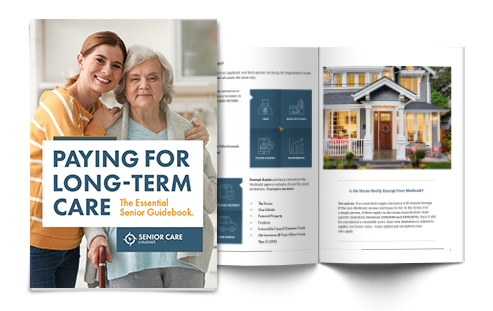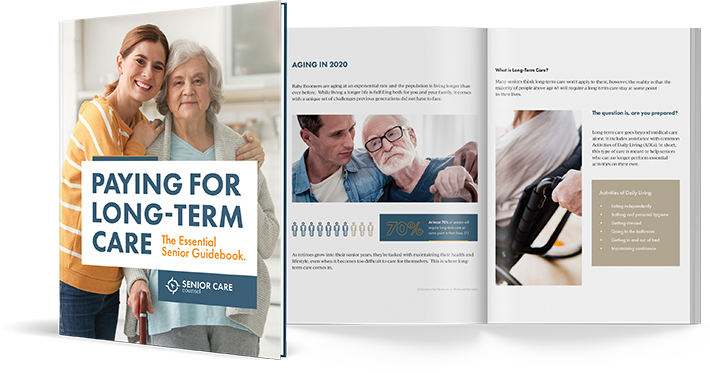How to Qualify for Medicaid without Spending All Your Money

Most people worry that they’ll have to spend nearly every penny to their name to qualify for Medicaid.
The good news? That isn’t necessarily true. While Medicaid does have strict income and asset limits, you can take steps to preserve your financial security while accessing the care you need. Let’s break down what you need to know.
Understanding Medicaid’s Financial Limitations
Medicaid is a state and federally funded program that provides health coverage to individuals with limited financial resources, including seniors who need long-term care. To qualify, applicants must meet specific Medicaid asset limits, which vary by state. In most states, the individual who requires care can retain $2,000 in assets. For married couples, the healthy spouse has a higher asset limit, which can exceed $100,000 in many cases.
However, not all assets count toward those limits. For example, the applicant’s primary residence, one vehicle, a small whole life insurance policy, and funeral expense trusts are typically exempt. Personal belongings—including jewelry, furniture, and other household items—are exempt too.
In other words, if you need to reduce your countable assets to qualify for Medicaid, then it makes sense to move your money into protected asset categories. Consider:
- Making home improvements or repairs
- Purchasing useful items, like a new vehicle or medical equipment
- Prepaying for funeral and burial expenses
- Purchasing a small whole life insurance policy
- Paying off your mortgage and any other outstanding debts (credit cards, medical bills, etc.)
By focusing on these expenses, you can ensure that your money continues to benefit you and your family while you work toward qualifying for Medicaid.
As for income, most states require that the Medicaid applicant’s income be less than the private pay rate of the long-term care facility where they reside, though some states have a different limitation. The healthy spouse, on the other hand, has no income limitations.
Read more: What Assets Can You Keep on Medicaid?
Creating Asset Protection Strategies
With help from a financial or legal professional, you can tap into asset protection strategies. Some of the most popular include:
- Medicaid Compliant Annuities: These convert a lump sum of assets into an income stream, allowing you to meet Medicaid’s asset limits while securing financial stability for a spouse or family member. They must be irrevocable and name the state as a beneficiary.
- Irrevocable Trusts: Assets placed in these trusts are no longer considered countable by Medicaid, as long as the transfer occurs before the five-year lookback period. Because the applicant no longer owns the assets in the trust, they’re protected from Medicaid spend-down rules, and they can be preserved for heirs.
- Spousal Protections: Medicaid allows married couples to transfer assets from one partner to the other without penalty. Since the healthy spouse can retain a higher allowance, known as the Community Spouse Resource Allowance, couples can shift some assets from the ill spouse to the healthy spouse..
- Personal care agreements: If a family member or friend provides some of your care, you can legally pay them for their help. Personal care agreements must be structured properly, with fair market compensation and documentation.
It’s worth noting that asset protection strategies aren’t only for the wealthy. In reality, they’re a critical tool for middle-class families who want to protect their hard-earned assets while ensuring they or their loved ones receive the long-term care they need.
Read more: What Is a Medicaid Compliant Annuity?
Take the Next Step
Now that you know how to qualify for Medicaid without spending all your money, you can take steps to preserve what you have left..
Tell us about your situation and discover the right solution for you.
[FREE] GET OUR PLANNING GUIDE:
"Paying for Long-Term Care - The Essential Senior Guidebook"This guide takes a deep dive into the landscape of long-term care and how to pay for it without going broke, including the answers to your top questions surrounding Medicaid.
GET MY COPY
